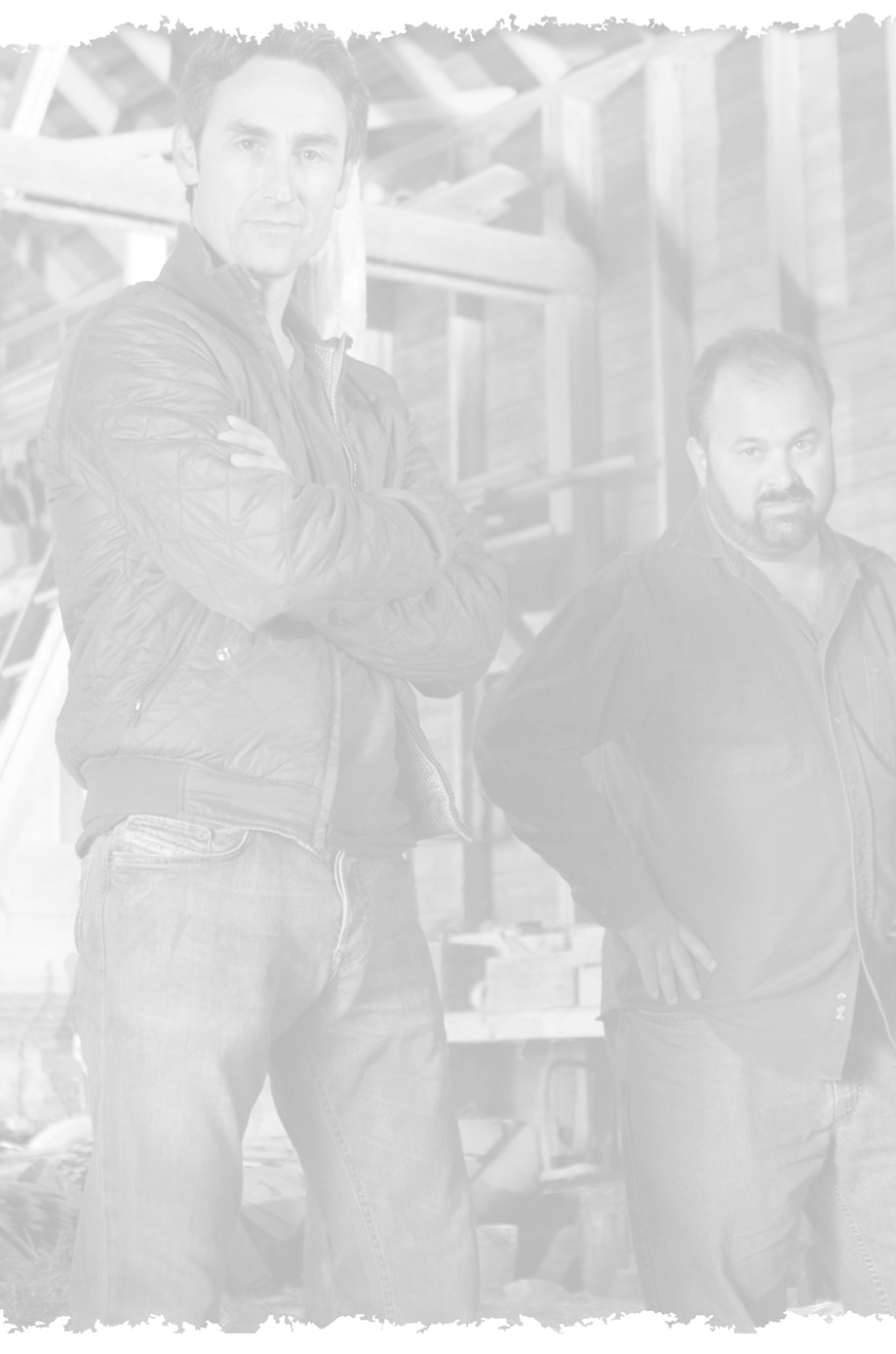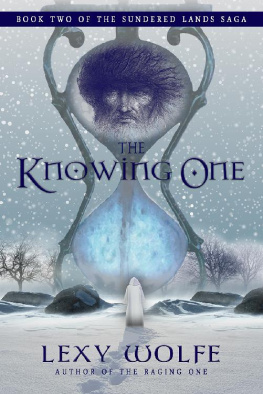

Dedication
Dedicated to the memory of Robert Easterlymy Papaw, who scored the best pick ever: my Granny, Mildred.
Contents
Ive never been able to pass a roadside flea market without stopping.
That probably has a lot to do with the conditioning I received as a kid. Much of my childhood was spent traveling to fleas across the South with my mother, an antique dealer who specialized in wicker furniture and sold out of her own store, situated in a repurposed 1920s stone gas station in our hometown of Cleveland, Tennessee.
Mom loved to shop for the Callaway Collection, the name she gave her antique store. It was only open during the week, so, bright and early every Saturday morning, wed climb into Moms purple-and-white cargo van (a custom paint job that represented the colors of the CC logo) and head out to one of the regular markets where her favorite vendorspickers, she called themset up temporary shop.
On the first weekend, wed drive north on I-75 to shop the vendors set up on the fairgrounds in Knoxville; the next, wed take the same interstate south to get to Atlantas flea; on the third Saturday, wed head west on I-24 to find out what the pickers in Nashville had picked up over the four weeks since we last saw them.
There was no rest for the wicker-obsessed in our house, so, on the fourth weekend, the Callaway Collection van would take road trips into the nearby Appalachian Mountains to seek out obscure antique stores or drop in on some of my moms favorite contacts. I recognized the men and women wed visit from the flea markets, where theyd set up booths, but my mom liked to also visit them at their homes or workshops, where she could see their whole collections and not just what they were able to fit into their booths at the market.
Sometimes, if a picker had just come off a big buying trip where they scored lots of wickermy mother explained to me that she didnt have time to find all the stock she needed to fill her store, so the pickers were helping her do itthey would come directly to our house. It was a favor to my mom, as one of their loyal customers: theyd let her see their best picks first.
I have vivid memories of those visits. I can recall being up very early on some summer mornings when I was three or four, driving my Big Wheel in big circles around the end of our driveway, which was, at the time, blocked by a flatbed truck loaded up with a massive jumble of furniture, each piece connected to the next by a tenuous-looking web of twine and cording. You know the intro to The Beverly Hillbillies TV show, where the Clampett family pulls into Los Angeles with all their belongings tied to the top of their creaky old jalopyincluding Granny Clampett, sitting atop the pile in her rocking chair? Our truck looked like that, minus Granny.
I specifically remember visits from a flatbed manned by two stout, serious-looking dudes with unruly facial hair and suntanned, wind-chapped faces and hands. They were men of few words, and would stand by their truck, at the ready, waiting patiently for my mom to point at pieces of wicker trapped in their latticework of secondhand furniture, which she wanted to examine up close. Once she made her selection, the two men would climb up on the pile, untie the piece, and bring it down to the ground for Mom to inspect. After checking out the construction, looking for obvious flaws, and weighing whether it would appeal to her clientele and their protoShabby Chic style, Mom would make her decision.
If she wanted to buy, the negotiation process would begin. Shed ask the pickers for a price; theyd give her a number and shed think for a minute and shed come back at them with a lower counteroffer... that theyd quickly raise with their own counteroffer. This kind of back-and-forth went on until both Mom and the pickers came to a price that made both parties happy.
If Mom decided to pass on the piece, our sweaty visitors would hoist the wicker love seat or end table or birdcage or whatever it was they were hawking that day (their stock was always different) back up to a place atop the pile and tie it in tight for the trip to the home of their next client.
More than thirty years later, as I think back on those visits, I realize that my childs perspective was surely a bit skewed.
The reality is that, more than likely, the guys I recall as being rough around the edges probably werent all that grungy. And Im guessing they werent very old, eitherthey must have been in their forties, about the age I am now. (Their truck, however, definitely looked like a prop from The Beverly Hillbillies that Im pretty clear on.)
I think it was because of my early experiences with pickers that I was so surprised when I met Mike Wolfe for the first time. I couldnt believe this guy was a picker: young, handsome, and charming, his whole persona seemed antithetical to that of the quiet, subdued pickers who worked with my mom back in the 70s.
Mike and I met on a photo shoot held on a freezing Sunday in early December of 2008, at a prop house located in a little town called Watertown, just a few miles outside Nashville, where I live. I was the wardrobe stylist for the project; Mike had stopped by to visit the photographer, our mutual friend, whom he and his picking partner, Frank Fritz, had met several years before, when the two of them used to drive down from their home base in eastern Iowa to set up together at the Nashville flea market.
That day, when Mike told me what he did, I was intrigued, and I instantly felt the kind of easy rapport with him that people who share a passion tend to develop. My initial fascination with my new picker friend quickly changed to admiration a few hours later, when I saw him in action for the first time.
It was a long, cold shoot, and even the fact that we were photographing two gorgeous girls dressed up in 1930s bondage wear and lingerie couldnt hold Mikes interest for more than a few minutes. He was getting boredlike that of 99 percent of the picker population, his attention span can be measured in seconds as opposed to minutesso he asked to borrow a scooter from Ruby, the prop houses owner (youll meet her later in the book), to take a ride around the tiny town and check it out. Ill be back! Mike said, as he pulled away.
And, in less than thirty minutes, he was backwith a pristine, green, two-sided, enamel Oliver Tractor sign from the 40s under his arm and a huge grin on his face.
Ruby was blown away. I thought Id seen every cool antique in this town. Where the heck did you find that? she asked. Mike explained that while he was out tooling around, he spotted a house that, in his words, looked promisingwhich, I quickly came to realize, means slightly rundown and surrounded by crabgrass as opposed to well-kept and manicured.
Why dont I just let him explain what happened:
Whenever I go to a new place, I try to get my bearings and figure out what the town is all about. Im always curious. The reason I stopped at that place that day was because the guy had this really old building behind his house that looked like a service station. It was really large and had big doors, and seemed to have lots inside: from the street, I could tell that there were things piled up in front of the windows, which is a good sign to a picker.
So, I pulled the bike over and knocked on the door. An older gentleman answered, and I introduced myself. I told him I was from Iowa, that I was a pickerand I had to explain what a picker is. I have to do that a lot, actually: not many people know what a picker does, or they think I play banjo or somethingand that I was looking for old bikes, cars, signs, and other collectible items that he might want to let go of.
Next page











